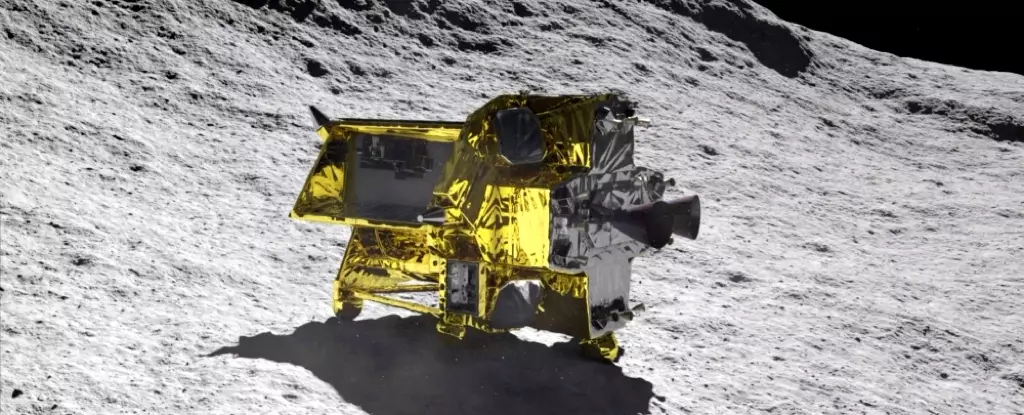Japan’s space exploration program took a significant leap forward as its Smart Lander for Investigating Moon (SLIM), also known as the “Moon Sniper,” successfully entered the Moon’s orbit on Monday. The SLIM probe is designed to achieve a highly precise landing within 100 meters of a specific target on the lunar surface. If the mission is successful, Japan will join the esteemed group of countries, including the United States, Russia, China, and India, that have landed a probe on the Moon. This article delves into the details of Japan’s lunar exploration ambitions and the scientific strides it aims to make.
SLIM’s Orbital Entry
In a significant milestone, the SLIM probe entered the Moon’s orbit on Monday at 04:51 pm Japan time. The Japan Aerospace Exploration Agency (JAXA) confirmed the success of the orbital entry, stating that the trajectory shift went as planned and the probe’s conditions were normal. This achievement paves the way for the next crucial phase of SLIM’s mission – a controlled descent towards the Moon’s surface.
A Precision Landing of Unprecedented Accuracy
JAXA has ambitious goals for SLIM’s landing, aiming for an “unprecedentedly high precision landing” on the Moon. The lander is equipped with a spherical probe developed in collaboration with a toy company. Its unique design allows it to change shape and navigate the lunar surface effectively. Unlike previous missions that had considerable margins of error, SLIM boasts a purported margin of under 100 meters. This level of accuracy, once deemed impossible, is the culmination of 20 years of research and development efforts.
The advancement of technology has fueled an increasing demand to pinpoint precise targets on the Moon, such as craters and rocks. Shinichiro Sakai, JAXA’s SLIM project manager, emphasized that the days of simply exploring “somewhere on the moon” are now behind us. SLIM’s high precision capabilities open up new possibilities for scientific research and sample collection. Scientists are particularly hopeful that SLIM’s exactitude will facilitate the sampling of lunar permafrost and shed light on the mysteries surrounding water resources on the Moon.
Japan’s venture into lunar exploration has faced setbacks in the past. The country experienced two failed attempts – one by a public entity and another by a private company. In 2019, Japan’s lunar probe named Omotenashi was unsuccessful as part of the United States’ Artemis 1 mission. Subsequently, in April of the same year, Japanese startup ispace attempted to become the first private company to land on the Moon. Unfortunately, the mission encountered communication issues and described the landing as “hard.”
Japan’s SLIM space probe’s successful entry into the Moon’s orbit marks a major milestone for the country’s lunar exploration program. With its highly precise landing capabilities, SLIM has the potential to revolutionize our understanding of the Moon’s surface and its resources. The forthcoming descent and landing of SLIM will be closely watched by scientists around the world. If Japan achieves a successful landing, it will undoubtedly establish itself as a leading player in lunar exploration and pave the way for future missions to unravel the Moon’s scientific mysteries.


Leave a Reply